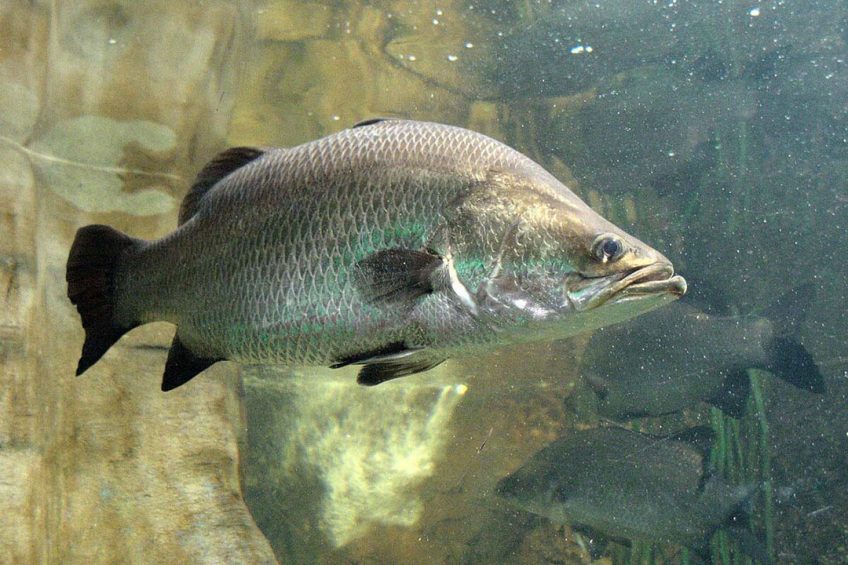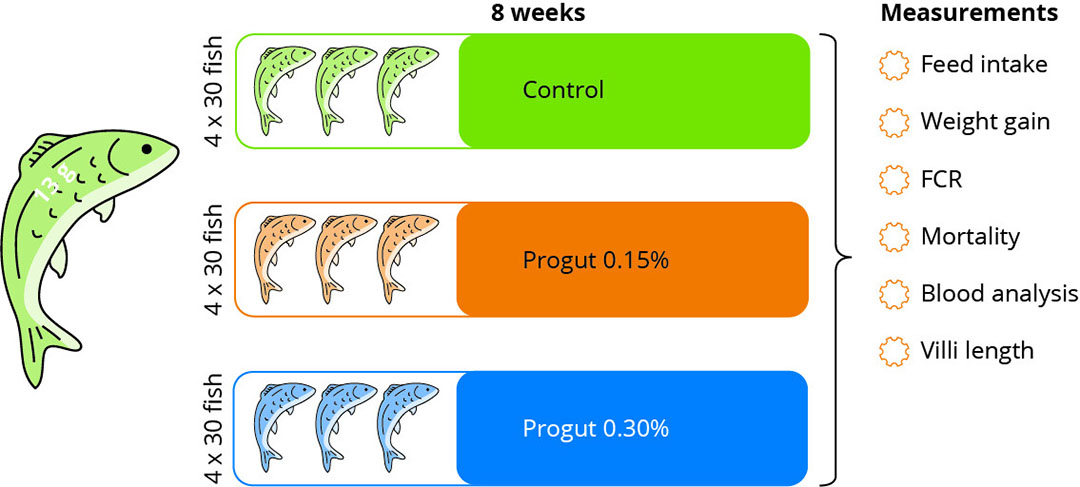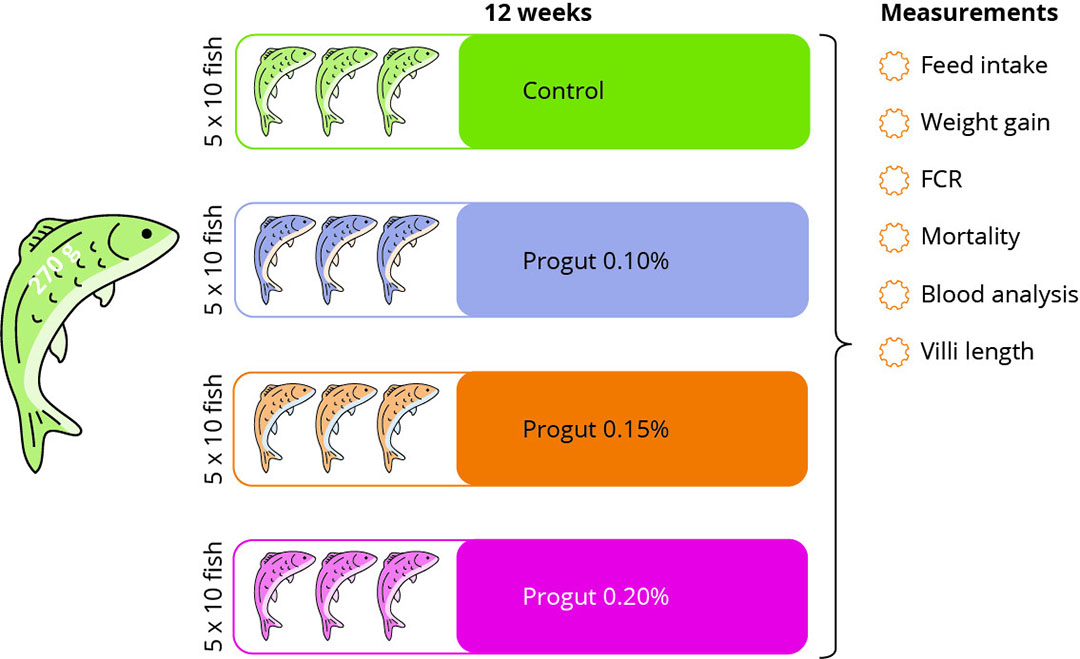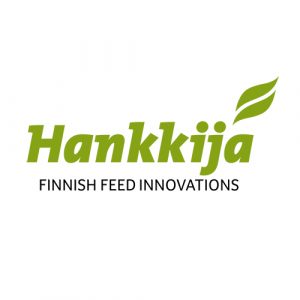Yeast hydrolysate improves growth performance of Asian seabass

The low salinity conditions in which Asian seabass are typically grown enable them to grow fast but also presents a challenge. 2 trials in young seabass showed that yeast hydrolysate supplementation improved the growth performance of these fish.
Saccharomyces yeast hydrolysate is produced by strong acid hydrolysis, which efficiently breaks down the yeast cell wall and transforms its molecules into a bioactive form. In particular, reduced the molecular size and increased solubility of the molecules result in improved bioavailability both to gut microbes and to the immune cell receptors of intestinal mucosa. The feed supplement used in the study is a postbiotic, a beneficial product of microbial origin without any live microbes, which has its bioactive molecules available for interaction. Recent studies showed its benefits in Asian seabass.
2 dose response trials with juvenile and growing seabass
2 trials were conducted to investigate the effects of dietary inclusion of yeast hydrolysate (Progut) on the performance of Asian sea bass (Lates calcarifer) in collaboration with Kasetsart University at a university contract research farm, in Nakorn Pathom province, Thailand. The experiments were carried out in earth ponds under low salinity conditions which is a common, commercial production condition for seabass in Thailand.
In trial 1 juvenile fish with a mean weight of 13 g were allocated to 12 net cages, 30 fish per cage, at a density of five fish/m³. The 3 dietary treatments tested were a commercial-type control feed and the same feed amended with either 0.15%, or 0.30% of the feed supplement. 4 replicate cages were randomly allocated to each diet. The fish were fed 3 times per day at 3 – 5% of body weight for 8 weeks (Figure 1). The feed intake, weight gain, feed conversion ratio (FCR) and mortality of the fish were measured. At the end of the study, the blood of 5 fish per cage was sampled for analysis of several immunity-related variables. The length of the intestinal villi was also measured from the same fish.
Figure 1 – Trial 1: Juvenile fish supplemented with Progut 0.15% and 0.30% for 8 weeks.

In trial 2, growing Asian seabass with a starting weight of approximately 270 g (+23 g) were allocated to 20 net cages, 10 fish per cage, at a density of 5 fish/m³. There were 4 dietary treatments in the study, a commercial-type control feed and the same feed amended with either 0.10%, 0.15% or 0.20% Progut. 5 replicate cages were randomly allocated to each treatment. The fish were fed 3 times per day at 3 – 5% of body weight for 12 weeks (Figure 2). The feed intake, weight gain, FCR and mortality of the fish were measured. At the end of the study, the blood of 2 fish per cage was sampled for the analysis of several immunity-related variables. The length of intestinal villi from the same fish was also measured.
Figure 2 – Trial 2: Fish supplemented with Progut at 0.10%, 015% and 0.20% for 12 weeks.

Yeast hydrolysate supplementation improved performance
During the 8-week growth period of trial 1, the inclusion of yeast hydrolysate significantly increased average daily weight gain by 36%, and the feed consumption of the fish by 28% on average (Table 1). Yeast hydrolysate supplementation did not affect the FCR or survival rate in this study. White blood cell count was lowest in the group receiving the higher dose of the ingredient. The other measured immune parameters did not show significant differences between the treatments.
The average intestinal villi length of foregut was higher in the groups receiving yeast hydrolysate than in the control group (Table 1).
The inclusion of Progut in the diets of growing seabass in commercial field conditions significantly improved growth and FCR in trial 2 (Table 2). The effect of the supplement on these performance parameters was increasing during the trial period and was statistically significant from 8 to 12 weeks in the trial. The survival rate was 100% in all treatment groups. The superoxide dismutase (SOD) tended to be higher (p=0.068) in all groups of fish fed with Progut. Acting as an antioxidant, SOD converts the harmful superoxide radical into oxygen and hydrogen peroxide.
The activity of antimicrobial lysozyme enzyme was numerically higher in the groups fed with the 0.15 – 0.20% doses. The other measured blood parameters did not differ between the treatments. The average intestinal villi length of the foregut was higher in the groups receiving the product than in the control group.
Hydrolysate supplement improves performance
These 2 trials suggest that yeast hydrolysate supplementation improves the feed intake and growth performance of Asian seabass. In growing fish significantly improved feed conversion was observed, and the magnitude of the effect increased towards the end of the study.
The improved growth performance by the yeast hydrolysate supplementation may be mediated by its positive effects on intestinal morphology, immunity and killing pathogens, as judged by the effects on the intestinal villus length, and activities of the enzymes SOD and lysozyme.
In conclusion, Progut supplementation at 0.1 – 0.2% improved the growth performance of Asian seabass, with possible benefits for immunological capacity and intestinal morphology.


